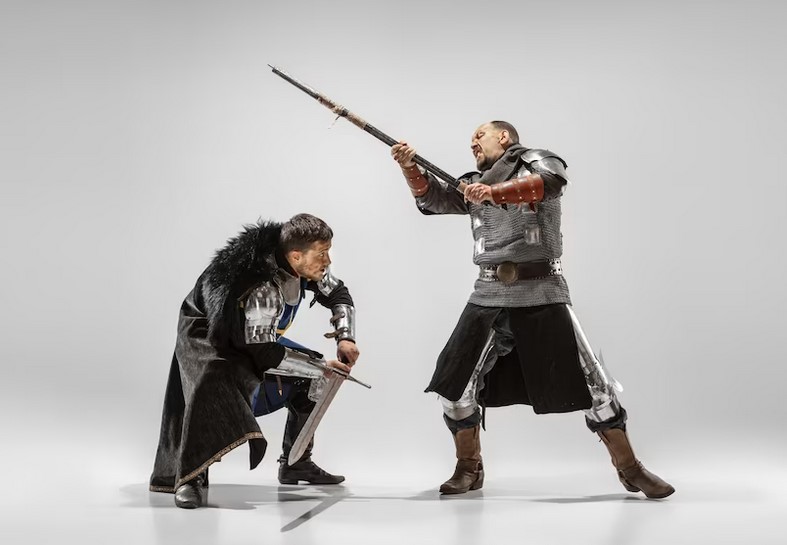The Spirit of Shinty
Before immersing ourselves in the energetic world of Shinty, let’s set the stage. Shinty, known in Gaelic as “Camanachd,” is not merely a sport to the Scottish people. It’s a time-honored tradition, a link to their Gaelic heritage, and a testament to their physical strength and strategic prowess.
Historical Backdrop of Shinty
The narrative of Shinty extends back hundreds of years, entwined with Scottish history and culture.
- Ancient Beginnings: Much like the Highland Games, Shinty traces its roots back to Scotland’s tribal times, when physical strength and skill were of paramount importance.
- Military Connection: Shinty was also a part of military training in ancient Scotland. The game helped soldiers improve their swordsmanship and their ability to strategically coordinate in groups.
- Modern Development: Shinty evolved over time and underwent significant transformations during the 19th century when formal rules were established.
| Historical Phase | Impact on Shinty |
| Ancient Scotland | Emergence as a physical contest |
| Military Training | Development of strategic skills |
| 19th Century | Introduction of formal rules |
Unraveling the Game: Rules and Play
Shinty is not just about power; it also demands strategy, agility, and teamwork. Let’s break down the rules and the elements of gameplay.
- The Teams: Shinty is typically played between two teams, each consisting of 12 players including a goalkeeper. However, the number of players can vary depending on the available space and the type of competition.
- The Equipment: The key elements are the ball, known as a “shinty ball”, and the stick, called a “caman”. The caman, usually made of wood, is used to strike the ball.
- The Objective: The goal of the game is to score more points than the opposing team by hitting the ball into the opponent’s net using the caman.
- The Gameplay: Players can strike the ball in the air or on the ground, and can use both sides of the caman. Unlike in games like hockey, the ball can’t be played with the hands, except by the goalkeeper within a defined area.
| Element | Description |
| Team Composition | Two teams of 12 players each |
| Equipment | Shinty ball and caman |
| Objective | Score more points than the opponent |
| Gameplay | Strike the ball into the opponent’s net using the caman |
Cultural Significance and Current Status of Shinty
Shinty is much more than a game; it’s an integral part of Scottish culture.
- Community Involvement: Shinty clubs are focal points of local communities, and matches, particularly those between rival clubs, often draw substantial crowds.
- Preservation of Gaelic Culture: Shinty maintains a strong connection with the Gaelic language and traditions. Many clubs and tournaments bear Gaelic names, keeping the language alive.
- Current Status: Today, the Camanachd Association, established in 1893, governs the sport. Every year, teams compete in various leagues and tournaments, with the Camanachd Cup being the most prestigious.
Conclusion: Shinty’s Impact on Scotland’s Cultural Fabric
Shinty, steeped in rich history and brimming with cultural significance, continues to captivate and inspire. As it echoes through Scotland’s misty hills and bustling towns, it carries the collective pride and heritage of the Gaelic community. More than just a sport, Shinty is a vibrant expression of Scottish identity, binding together communities and generations in the rhythm of its riveting play.
